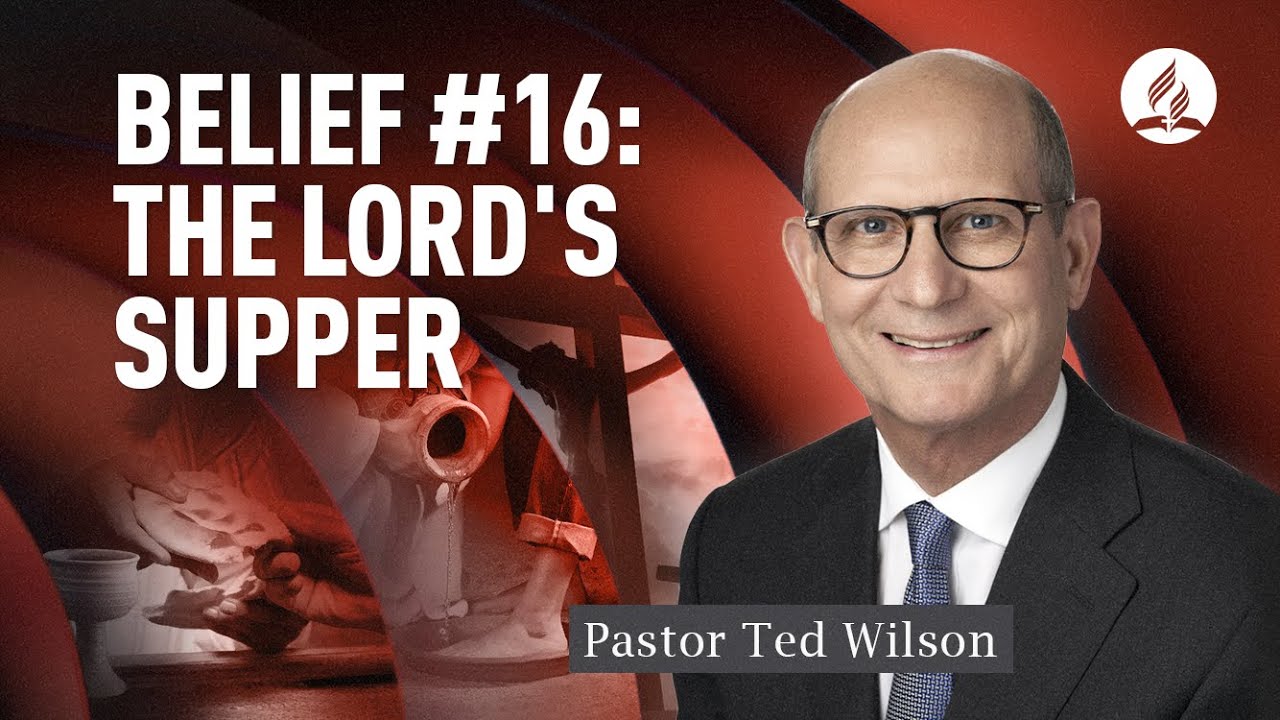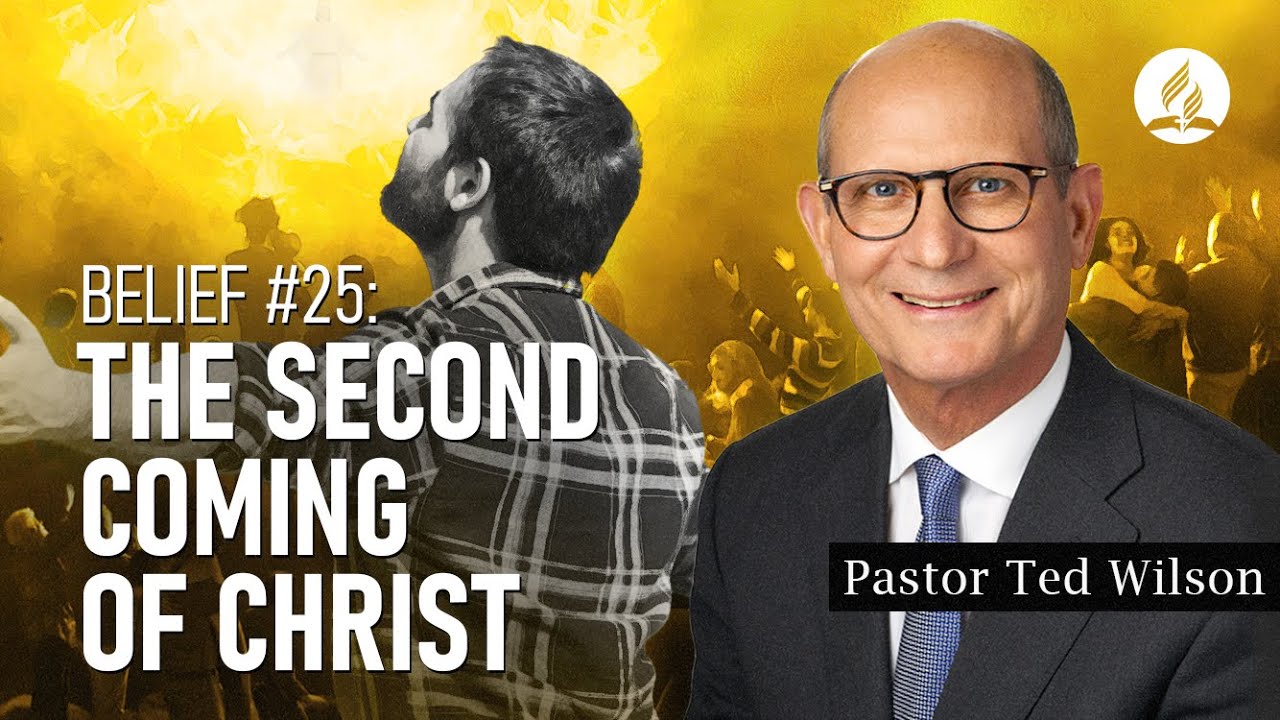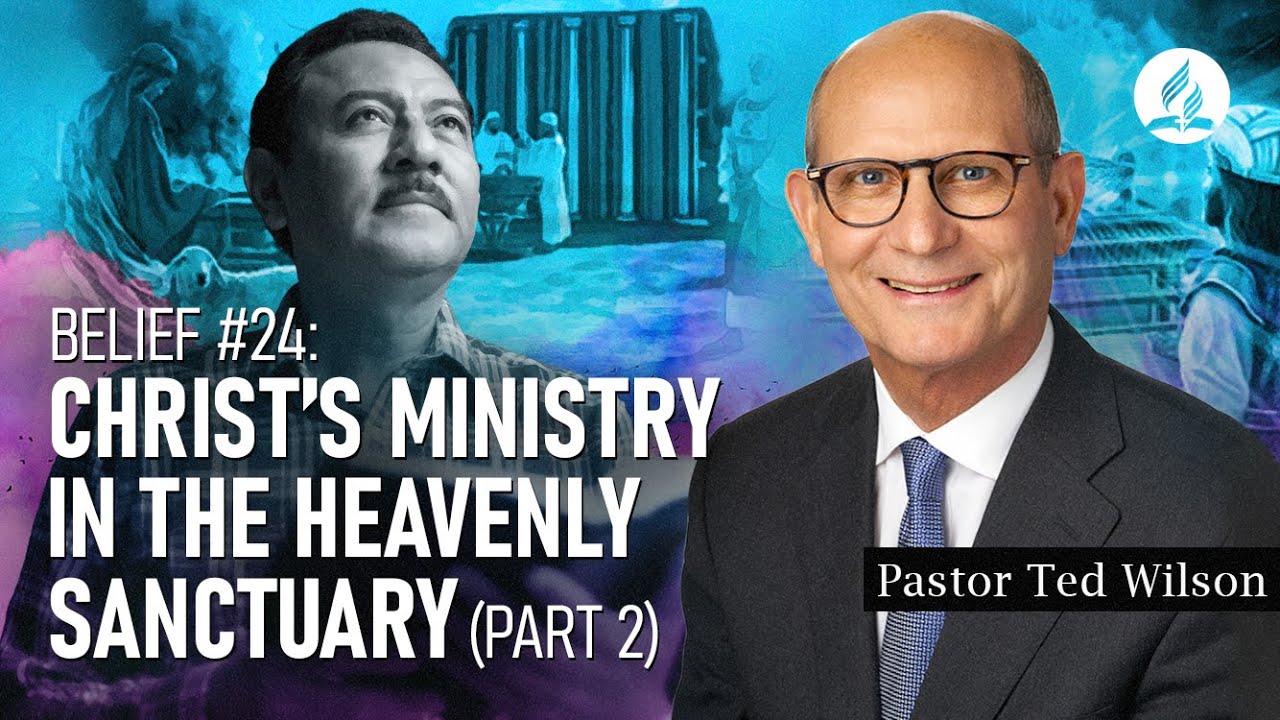
In this episode, Pastor Ted Wilson talks about the Lord’s Supper based on the sixteenth fundamental belief of the Seventh-day Adventists.
The Lord’s Supper is a participation in the emblems of the body and blood of Jesus as an expression of faith in Him. In this experience, Christ is present to meet and strengthen His people. And as we partake in it, we “proclaim the Lord’s death till He comes” (1 Corinthians 11:26).
Preparation for this communion includes self-examination, repentance, and confession. These are manifested in the service of foot washing, signifying renewed cleansing and willingness to serve one another in Christlike humility and unite our hearts in love.
The Lord’s Supper follows Jesus’ demonstration of love when He washed His disciples’ feet like a servant. By doing this, He showed an example of kindness and unconditional love. “If I then, your Lord and Teacher, have washed your feet, you also ought to wash one another’s feet. For I have given you an example, that you should do as I have done to you” (John 13:14-15).
Aside from washing one another’s feet, the three significant parts of the communion service involve eating unleavened bread and drinking grape juice. All these are symbolic of Christ’s sacrifice to save us and the servant-like example He set.
Also, these actions follow Jesus’ words to His disciples: “Do this in remembrance of Me” (Luke 22:19).
The bread represents Christ’s body broken for us. “And as they were eating, Jesus took bread, blessed and broke it, and gave it to the disciples and said, ‘Take, eat; this is My body.'” (Matthew 26:26).
Jesus said in John 6:48, “I am the Bread of life.” In verse 51, He continued, “I am the living Bread which came down from heaven. If anyone eats of this bread, he will live forever; and the bread that I shall give is My flesh, which I shall give for the life of the world.”
This bread, as used in the communion service, is unleavened. Why?
During the Passover, God instructed the Israelites to get ready to leave Egypt soon as Pharaoh permitted. So, they baked unleavened cakes of dough. Through the years, they used unleavened bread in celebrating the Passover as a reminder of their exodus from Egypt.
Meanwhile, Apostle added another meaning to this. “Do you not know that a little leaven leavens the whole lump? Therefore, purge out the old leaven that you may be a new lump since you truly are unleavened. For indeed, Christ, our Passover, was sacrificed for us. Therefore, let us keep the feast not with old leaven nor with the leaven of malice and wickedness but with the unleavened bread of sincerity and truth” (1 Corinthians 5:6-8).
On the other hand, the fruit of the vine symbolizes Jesus’ blood “which is shed for many for the remission of sins” (Matthew 26:28). “Without the shedding of blood, there is no forgiveness of sins” (Hebrews 9:22).
This fruit of the vine, as used in Passover, was unfermented grape juice. Jesus said in Matthew 26:29, “I will not drink of this fruit of the vine from now on until that day when I drink it new with you in My Father’s kingdom.”
With this, the Bible condemns fermented wine. In Proverbs 20:1, we read that “wine is a mocker, strong drink is a brawler, and whoever is led astray by it is not wise.” Also, “do not look on the wine when it is red, when it sparkles in the cup, when it swirls around smoothly; at the last, it bites like a serpent and stings like a viper” (Proverbs 23:31-32).
As such, only pure grape juice, freshly squeezed from the vine, fits the symbol of the perfect blood of Christ.
Jesus instituted the Lord’s Supper to commemorate our deliverance from sin. It is the new covenant service that continues the Passover celebration.
The communion is the perfect time to think about how we can grow in Christ and honor Him with our lives.
(Visited 55 times, 1 visits today)








![Belief #23: Marriage and the Family [What Does God Intend Them to Be?] – Pastor Ted Wilson](https://fulfilleddesire.net/wp-content/uploads/2023/05/belief-23-marriage-and-the-famil.jpg)
![Belief #22: Christian Behavior [How Does God Want Us to Live Life?] – Pastor Ted Wilson](https://fulfilleddesire.net/wp-content/uploads/2023/05/belief-22-christian-behavior-how.jpg)
![Belief #21: Stewardship [What is It and What Does God Teach Us?] – Pastor Ted Wilson](https://fulfilleddesire.net/wp-content/uploads/2023/05/belief-21-stewardship-what-is-it.jpg)
![Belief #20: Sabbath [What Does the Bible Teach Us About It?] – Pastor Ted Wilson](https://fulfilleddesire.net/wp-content/uploads/2023/05/belief-20-sabbath-what-does-the.jpg)
![Belief #19: The Law of God [What is It and How Significant is It to Us?] – Pastor Ted Wilson](https://fulfilleddesire.net/wp-content/uploads/2023/05/belief-19-the-law-of-god-what-is.jpg)
![Belief #18: Gift of Prophecy [What is It?] – Pastor Ted Wilson](https://fulfilleddesire.net/wp-content/uploads/2023/05/belief-18-gift-of-prophecy-what.jpg)
![Belief #17: Spiritual Gifts and Ministries [What Does the Bible Say?] – Pastor Ted Wilson](https://fulfilleddesire.net/wp-content/uploads/2023/05/belief-17-spiritual-gifts-and-mi.jpg)
![Belief #15: Baptism [What Does the Bible Want Us To Know About It?] – Pastor Ted Wilson](https://fulfilleddesire.net/wp-content/uploads/2023/05/belief-15-baptism-what-does-the.jpg)
![Belief #14: Unity in Christ [What Does the Bible Teach Us?] – Pastor Ted Wilson](https://fulfilleddesire.net/wp-content/uploads/2023/05/belief-14-unity-in-christ-what-d.jpg)
![Belief #13: The Remnant [What is It and Its Mission?] – Pastor Ted Wilson](https://fulfilleddesire.net/wp-content/uploads/2023/05/belief-13-the-remnant-what-is-it.jpg)
![Belief #12: Church [What Does the Bible Teach Us About It?] – Pastor Ted Wilson](https://fulfilleddesire.net/wp-content/uploads/2023/05/belief-12-church-what-does-the-b.jpg)
![Belief #11: Growing in Christ [What Does It Mean and How Does It Happen?] – Pastor Ted Wilson](https://fulfilleddesire.net/wp-content/uploads/2023/05/belief-11-growing-in-christ-what.jpg)
![Belief #10: Salvation [How Can We Have It?] – Pastor Ted Wilson](https://fulfilleddesire.net/wp-content/uploads/2023/05/belief-10-salvation-how-can-we-h.jpg)